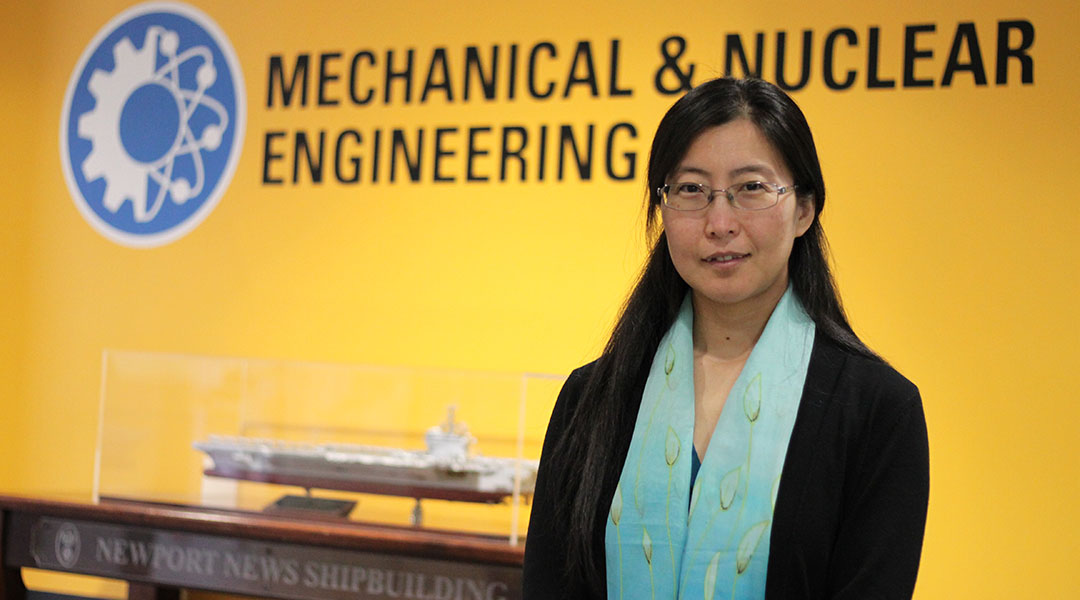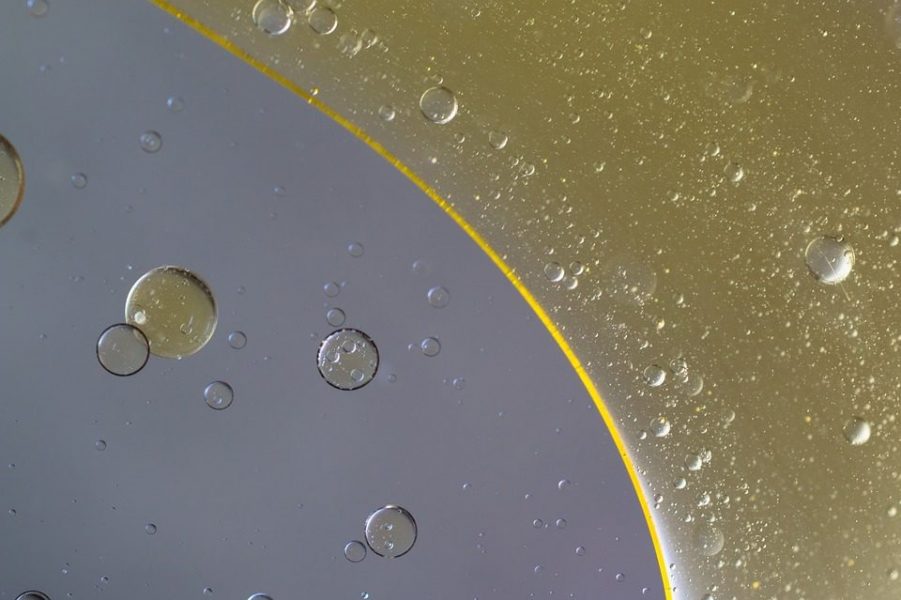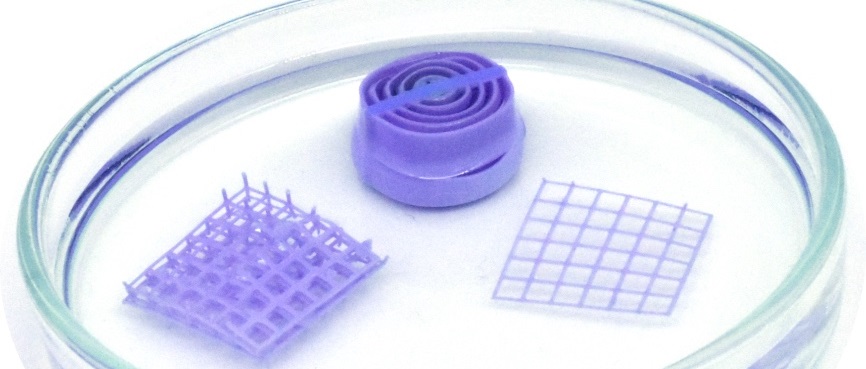Current robots don’t have Terminator capabilities. But the technology is getting closer with new liquid metals that can be manipulated in 3D space with magnets.


Current robots don’t have Terminator capabilities. But the technology is getting closer with new liquid metals that can be manipulated in 3D space with magnets.

Hong Zhao talks about her research, inspirations, and the sense of responsibilty that drives her pursuit of excellence.

Special Issue on manifold visualisation and simulation technologies for steel manufacturing published in Steel Research International.

Thomas P. Russell shares the highlights of his career, current research focus, and his thoughts on the future of materials science.
![Improving the Sensitivity of Fluorescence-based Immunoassays [Video]](https://www.advancedsciencenews.com/wp-content/uploads/2019/03/smll201803751_ASN_image-e1553596622376.jpg)
A novel photobleaching method to reduce the autofluorescence of magnetic beads, improving the analytical performance of fluorescence‐based immunoassays.

A simple, quick and versatile approach for fabricating gradient tissues through the physical force of buoyancy.

Researchers from the Chinese Academy of Sciences have prepared all-metallic metasurfaces as wide-angle microwave diffusers.

A Spanish-Israeli team of scientists developed a new, versatile plastic-composite sensor that can detect tiny amounts of water. The 3D printable material is cheap, flexible and non-toxic and: it changes the colour.
![Starfish-Inspired Soft Robot for Advanced Therapeutics [Video]](https://www.advancedsciencenews.com/wp-content/uploads/2019/02/adfm201804647_ASN_image.jpg)
A bioinspired soft actuator that responds to an alternating magnetic field is fabricated.

“Off the shelf” allogeneic stem cell transplants and stem cell nano‐composites are being used for the treatment of degenerative bone diseases. However, major and minor histocompatibility antigens of therapeutic cell transplants can be recognized as foreign and lead to their rejection by the host immune system.